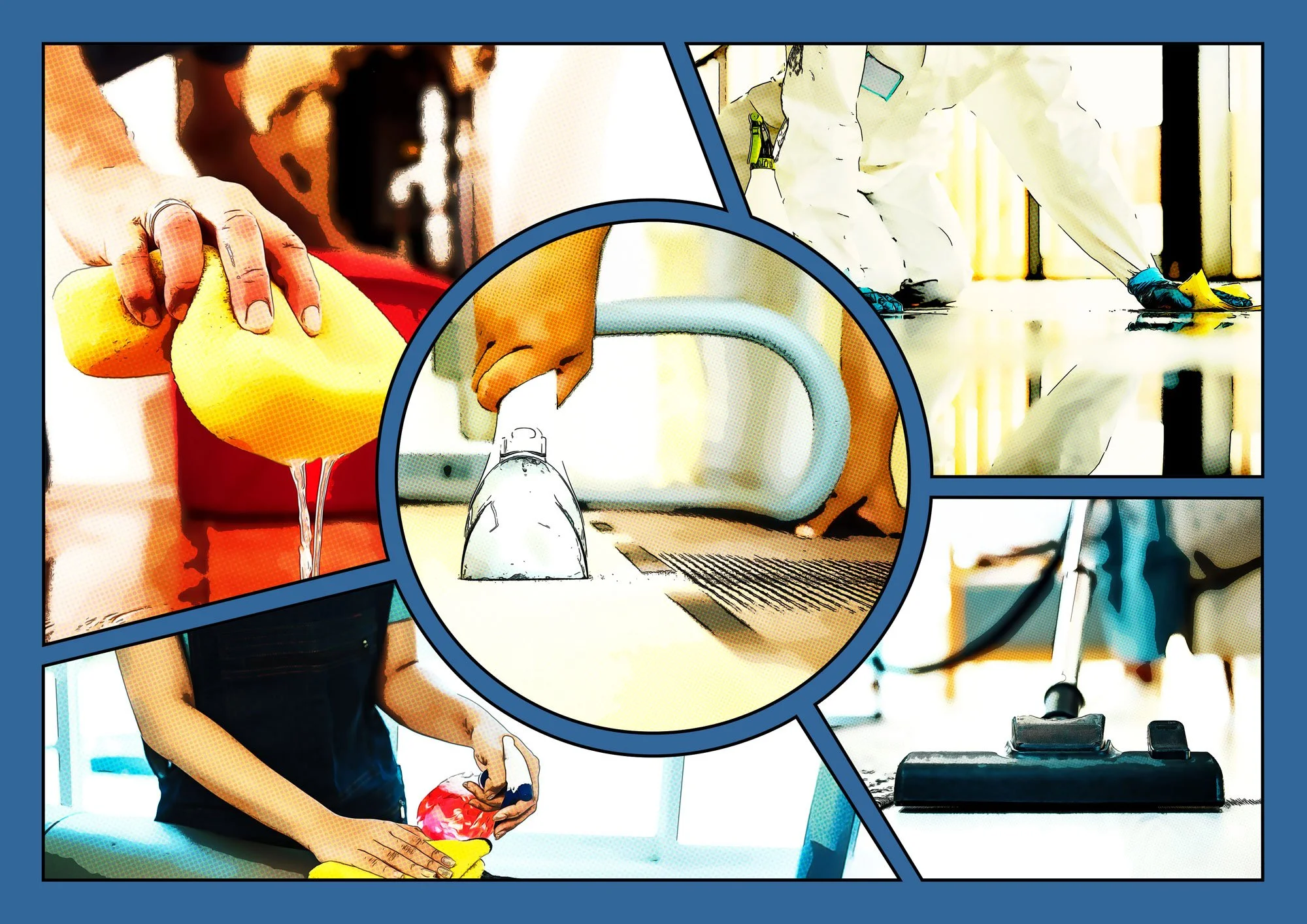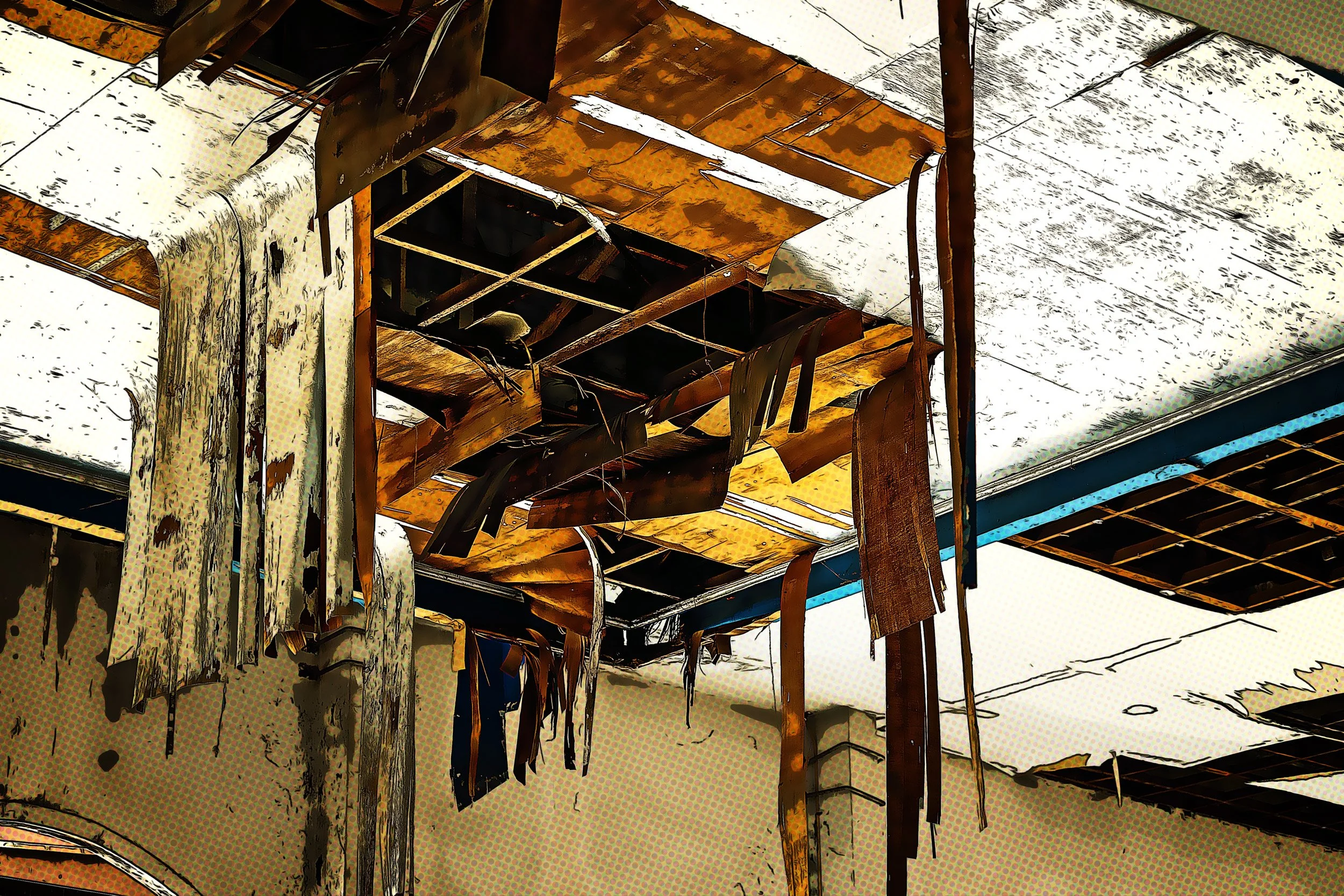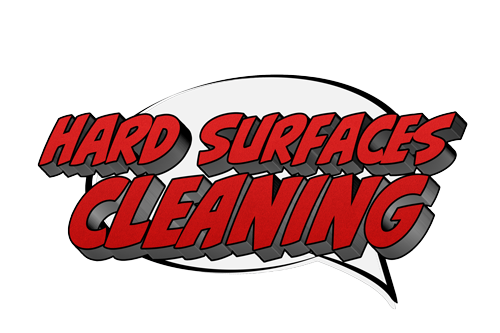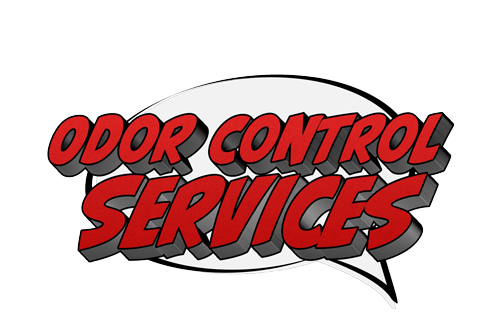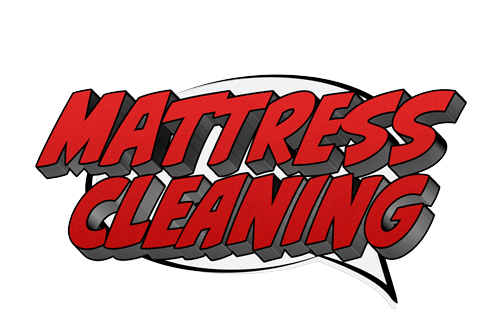Water Damage Restoration & Structural Drying
When water damage strikes, fast action is critical to protect your home or business. Whether caused by storms, plumbing leaks, appliance failures, or flooding, moisture can quickly spread, damaging flooring, walls, and furnishings and creating the perfect environment for mold growth.
Our certified technicians provide prompt and professional water damage restoration.
Using advanced drying equipment, moisture detection tools, and industry-approved methods, we work to remove standing water, dry affected structures, and restore your property to a safe, healthy condition.
From minor leaks to major flooding, we offer complete structural drying and restoration solutions. Our goal is to minimize disruption, prevent long-term damage, and give you peace of mind knowing your home or office is in expert hands.
Quick response, expert care, and proven methods Mighty Mac is here to restore your space after water damage.
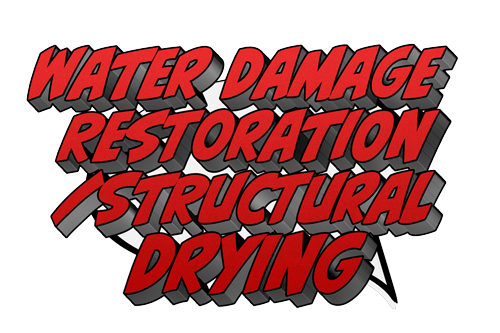
Water Damage Restoration Information
-
Mold thrives indoors when moisture is present, and it can cause structural damage and health problems such as allergies, asthma, and irritation. The key to preventing mold is controlling moisture. If water damage occurs, areas should be dried within 24–48 hours to stop mold growth.
Mold Cleanup
Small areas (<10 sq. ft.) can usually be cleaned by homeowners with detergent, water, and protective gear (N-95 mask, gloves, goggles).
Larger infestations, mold in HVAC systems, or contamination from sewage require professional help.
Moldy porous items (like ceiling tiles, carpets) may need disposal since mold can’t be fully removed.
Prevention Tips
Fix leaks quickly, maintain gutters, and ensure proper drainage around the home.
Keep indoor humidity below 60% (ideally 30–50%) using ventilation, dehumidifiers, or air conditioning.
Prevent condensation by insulating cold surfaces and improving airflow.
Hidden Mold
Mold may grow unseen inside walls, under carpets, or in ductwork. If mold is suspected but not visible, professionals may need to investigate.Cleanup Guidelines
Always remove the source of water/moisture.
Do not paint over mold—clean and dry surfaces first.
Dead mold can still trigger allergies, so full removal is necessary.
Biocides like bleach may be used in limited cases, but are not recommended as routine practice.
Key Takeaway: Mold cannot be completely eliminated, but it can be controlled by eliminating moisture sources, cleaning affected areas, and maintaining low indoor humidity.
-
Mildew vs. Mold
Mildew grows only on living plants and cannot survive indoors.
Mold, however, thrives on dead organic matter (paper, dust, skin cells, wood, etc.) and is common indoors.
Health Concerns
Of thousands of mold species, three cause most health issues:
Stachybotrys (“black mold”)
Aspergillus
Penicillium
Musty odors are caused by mycotoxins, which molds release to fight competing colonies. These toxins trigger allergic reactions.
Conditions for Mold Growth
Mold needs four factors to thrive:Moisture source (leak or humidity over 60%)
Warmth (72°–95°F)
Dead organic food source
Stagnant air
If any factor is removed, mold goes dormant.
Growth can begin within 48 hours under ideal conditions.
Water Damage Categories
Category 1: Clean water (municipal supply).
Category 2: “Gray” water (washing machine, shower overflow).
Category 3: Contaminated water (sewage, saltwater, flood water).
Clean water left untreated can degrade to Category 3 over time.
Mold Prevention During Water Damage
Use air movers and dehumidifiers to keep air circulating and humidity low.
Never turn off drying equipment early—it delays drying and encourages mold.
For unoccupied homes, set HVAC to ON (not AUTO) to avoid stagnant air.
Service Limitation
Mighty Mac provides water extraction and structural drying only.
They do not perform mold remediation, demolition, or reconstruction.
Customers are referred to the EPA Mold Guide or other resources for further info.
Key Takeaway: Mold is everywhere, but it only grows if moisture, warmth, food, and stagnant air are present. Addressing water issues quickly and keeping air moving is essential to prevent mold growth. Mighty Mac focuses on drying and extraction, not full mold remediation.
-
Water Damage Categories
Category 1: Fresh, clean water (e.g., broken pipe).
Category 2 (Gray Water): Slightly contaminated (e.g., dishwasher overflow).
Category 3 (Black Water): Highly contaminated, dangerous to health.
Note: Category 1 will deteriorate into Category 3 within days if untreated.
Category 3 Examples
Raw sewage → immediate Category 3.
Salt water intrusion → immediate Category 3 (not as toxic as sewage, but salt is highly damaging and costly to remove).
Flooding → Usually Category 3, though minor localized flooding may be treated as Category 2.
Health & Safety Concerns
Category 3 water contains dangerous bacteria.
Contaminated surfaces must be cleaned and disinfected thoroughly.
Absorbent materials (carpet, padding, Sheetrock) may need to be discarded.
Hidden areas (walls, under cabinets, within padding) can harbor bacteria even if surfaces appear clean.
Treatment & Testing
Antimicrobial treatments must be applied thoroughly, with sufficient time between applications.
Post-treatment testing (swab samples incubated in culture) may be advisable, especially in homes with children or pets.
Local health departments may offer bacterial testing services.
Bottom Line
Category 3 water damage is very serious.
Sewer backups, salt water intrusion, and flooding require extreme caution.
Best rule of thumb: “When in doubt, throw it out.”
Key Takeaway: Fast response is critical—clean water can quickly become hazardous. Category 3 damage poses serious health risks, often requiring disposal of contaminated materials and careful antimicrobial treatment.
-
Water damage restoration is costly, disruptive, and complex. If not done correctly, it can lead to serious complications. Mighty Mac invests heavily in training, equipment, and tools and offers 24/7 emergency response.
Process
Immediate response: Extract standing water, place drying equipment to stabilize.
Carpeted areas: Carpet pulled up, cushion removed, subfloor vacuumed.
Drying tools: Air movers (speed evaporation, prevent mold growth) and dehumidifiers (remove excess humidity).
Monitoring: Moisture meters and thermo-hygrometers track progress.
Antimicrobial treatment: QAC (Quaternary Ammonium Chloride) is applied to control mold growth—safe for humans and pets.
Once dry: New cushion installed, carpet reinstalled, and final cleaning/disinfection performed.
Timeframe
Drying time depends on extent of saturation, materials, and category of water. Equipment must run 24/7 for best results; HVAC and fans help speed the process.Categories of Water
Category 1: Fresh, clean water (e.g., toilet supply leak).
Category 2 (Gray Water): Moderately contaminated (e.g., dishwasher/shower overflow).
Category 3 (Black Water): Severely contaminated (e.g., sewage, salt water, flood water).
Note: Category 1 & 2 become Category 3 if not addressed promptly.
Building Involvement Types
Floor only: Quick drying (e.g., tub overflow).
Floor & walls: Slower drying due to drywall saturation (e.g., pipe in wall).
Ceiling, walls, and floor: Most complex—longest drying time and most equipment needed (e.g., water from above).
Other Considerations
Mighty Mac does not perform demolition/reconstruction beyond carpet, cushion, and some baseboard work. Competitors may unnecessarily demolish drywall, increasing costs.
Drywall can often be dried and is stronger afterward, unless warped.
Wood floors: Engineered wood may be salvaged; solid wood often swells and buckles, usually replaced.
Category 3 damage: Usually requires replacement of all porous materials and is the most expensive.
Insurance: Property and renters’ insurance highly recommended; negligence could make a homeowner liable for damage to others’ property.
Key Takeaway: Mighty Mac focuses on efficient water extraction, safe drying, and mold prevention, avoiding unnecessary demolition while ensuring structures are restored safely.
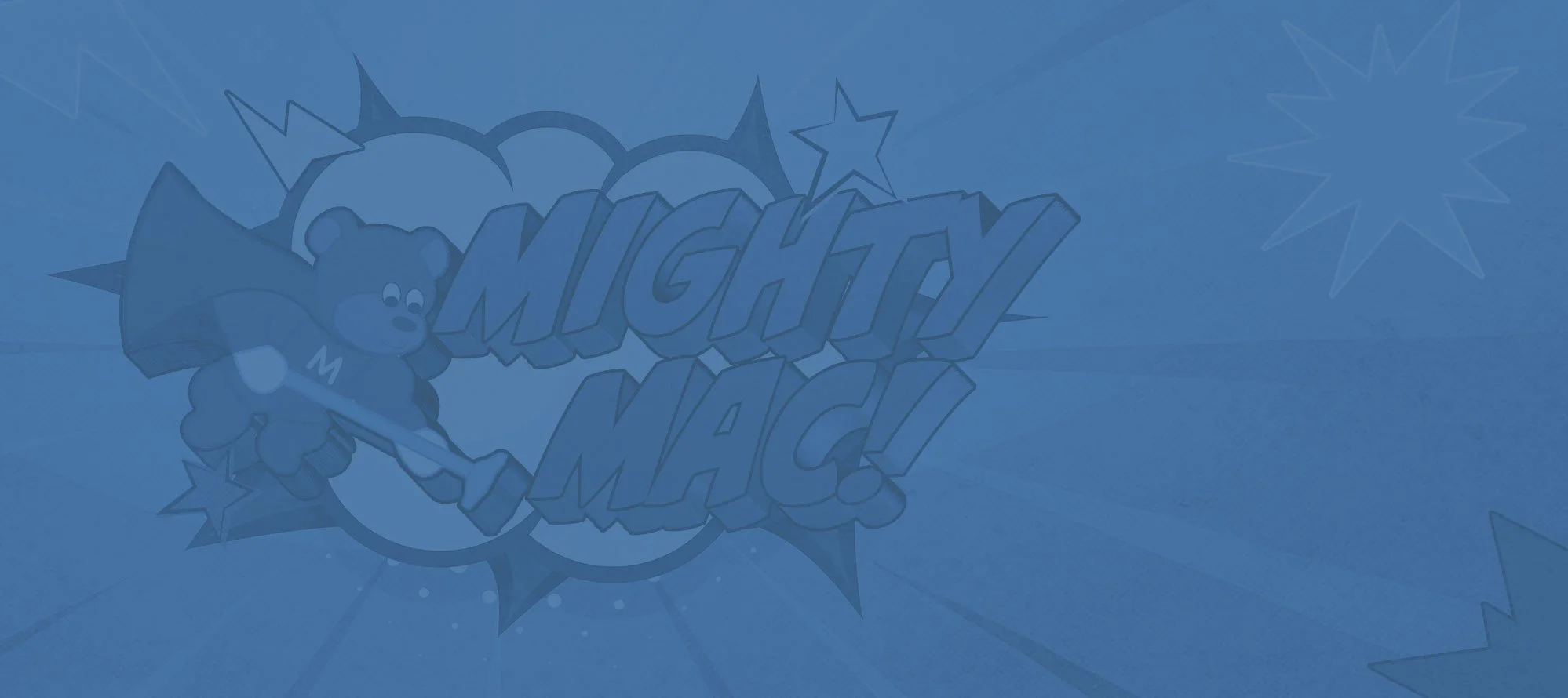
Mighty Mac Services

Contact Us
For your next cleaning project, large or small, trust the experts who have been serving Hilton Head and Bluffton since 1988. Contact Mighty Mac Clean today and experience why we’re the Lowcountry’s #1 choice.

